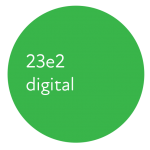© 23e2 Business Services Inc. | Working With 3rd Parties
The Tell all Guide to Integrated Marketing
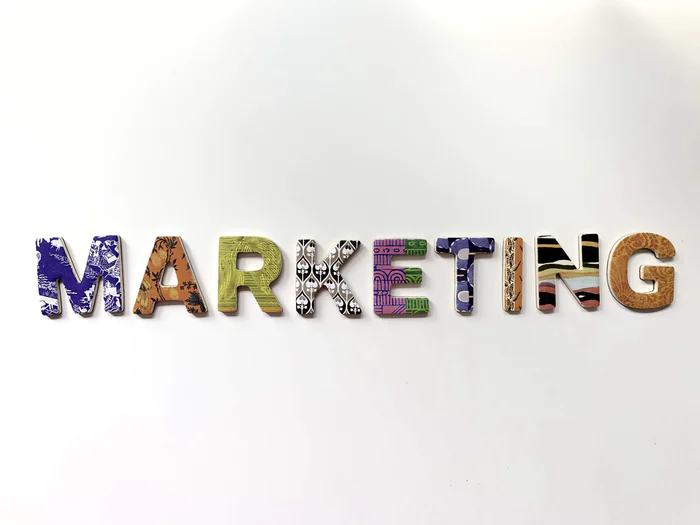
Intro
Iconic marketing campaigns like Gillette’s “The Best Man Can Be” campaign or the IKEA living room/kitchen/bedroom are all examples of integrated marketing. A multi-layered marketing technique that capitalizes on consumer tendencies. Advertising and marketing on one platform aren’t enough anymore.
Each passing day, the number of internet users continues to grow as mobile phones are becoming more integrated with our daily lives. So how does this affect our marketing strategy? Companies should capitalize on emerging new businesses to increase their consumer channels.
A study found that 25% of customers made a purchase online after visiting retail stores within 3 months. 50% of online customers also went into the retail store within that same period. To top everything off, 82% of consumers use their phones in retail stores while making a purchase.
Having an integrated marketing campaign allows you to capitalize on those figures and increase productivity. Now let’s get into the specifics!
What is integrated marketing?
Integrated marketing is a multilayered, multi channel marketing campaign aimed to display a single cohesive message across all platforms. Examples of channels that can be incorporated into integrated marketing include:
- Content marketing
- While not directly marketing the product, you are appealing to the target audience with content created to drive them to your site.
- Local listings (newspapers)
- TV advertisements
- Billboard ads or displays
- Search engine optimization (SEO)
- Classic query search is an organic way to draw in customers. SEO aims to capitalize on this by using keywords strategically to rank higher in searches.
- Search engine marketing (SEM)
- Similar to SEO except this is a paid service offered by search engines that will display your site when searchers look up certain keywords.
- Social media marketing and optimization
- Website content
- Conversion optimization
- Email Marketing
- Marketing with partnered businesses or brands
Integrated marketing is perfect for any company, or business structure. Rather than putting your time, effort, and money into various marketing campaigns, integrated marketing is designed so that you only push one campaign at a time.
Has this ever happened to you? You are scrolling through social media and see an ad for a company, then you see the same ad with the same message on television, after you go to the store and see the same message next to the product. That is integrated marketing. It reinforces the brand’s message to the customer through repeated exposure in different deliveries.
Integrated marketing is also an effective way for companies to show their support for a particular cause. Various integrated marketing strategies look to raise awareness on a certain issue in their industry or a separate social issue impacting the world. They do this to separate themselves from the market and rise to the challenges that face different populations.
Finally, an integrated marketing campaign can be done by any business. Regardless if you are a big store, a small store, or a product in a store, an integrated marketing campaign can be put to good use.

Examples of successful integrated marketing campaigns
I can guarantee you have seen or interacted with in integrated marketing campaigns whether you realized it or not. They are all around us and many of us as consumers don’t even pay attention. That is the exact mission of an integrated marketing campaign. To get the most results without blatantly being a marketing campaign. Here are a few of the different marketing campaigns that have taken place in the past few years:
- The New York Times, “The Truth Is Hard”
- This campaign started in 2018 when The New York Times was struggling to maintain subscriptions and sales.
- After the highly talked about 2018 Oscars, The New York Times set out on a mission promising transparency and self-reflection to their readers.
- Firstly, they released a short film with a message challenging their readers to think critically and determining the truth for themselves.
- Secondly, the campaign came on social media platforms as paid ads. These advertisements gave an insider perspective on the lengths that journalists have to go through in order to bring the truth to their readers.
- During their campaign, The New York Times also put up minimalist billboards in black and white bearing the phrase “The truth is hard to know, the truth is hard to find, the truth is hard to hear”. During this time, “The Truth is Hard” was the only campaign being actively advertised by the media outlet, and for good reasons.
- At the end of their campaign, The New York Times witnessed a 100% increase in sign-ups, their highest number of new subscribers, and their overall sales skyrocketed. It is safe to say this was an extremely successful attempt at integrated marketing.


- When Gillette released their campaign “The Best Man Can Be” it caused quite a commotion within the online communities.
- In 2019 following the large and active Me Too Movement, Gillette released their own campaign alongside. For decades, the slogan of the company has been “The Best Man Can Get”, and this campaign played off of that by changing the word “Get” to “Be”.
- It was a marketing campaign, but also a social justice one. The campaign began with one short video. The original video was designed to make men think about their current and past actions towards women.
- The video features real-life events, as well as all fictional scenes. Throughout the course of the campaign, the brand released smaller segments on television and created social media posts bearing the same campaign title.
- The entire campaign did receive some backlash online, particularly on Twitter; however, the result was Gillette emerging as a brand that cares more than just the audience it tailored to.
- IKEA “Home Events”
- IKEA engages in integrated marketing frequently, most notable are their room events. Each year the company cycles through different integrated marketing campaigns under titles of different rooms. Implemented throughout the year for periods of two weeks at a time
- IKEA features different rooms in their advertisements. This is a classic example of a way to drive traffic to your store. IKEA plays their ads online, on the radio, and on television. The store always sees increases in the number of customers purchasing the products they advertise and for this reason, the campaign is successful.
- If you’ve watched television in the past few years, you have definitely seen the various “Smell Like a Man” commercials. These commercials transcend into stores where various displays were put up in order to continue the illusion the commercials provide.
- The Old Spice commercials are unique and retain the viewer’s attention. While much of the campaign relies on visuals, the unexpected elements in their commercials are especially memorable.
- This campaign has been consistently successful and is a commercial series that the population undoubtedly enjoys.
- LinkedIn – In It Together
- LinkedIn released a campaign to connect individuals upon the trait everyone shares; drive and passion. While everyone isn’t passionate about the same things, they are passionate about something.
- LinkedIn’s campaign consisted of a series of black and white videos showcasing different companies and organizations. Their goal was to get people not only to sign up for LinkedIn, but to have individuals share what drives them and what they are passionate about.
- Their campaign also included outdoor advertisements along with other short videos on social media. This another example of a successful integrated marketing campaign.
- Always, the feminine hygiene brand released this campaign to challenge the gender stereotypes that come with being a girl. All their ads in the campaign included the anecdote that is commonly used with a negative connotation towards women, “like a girl”. Indicating that doing something “like a girl” is to be ashamed of.
- Always aims to challenge this negative connotation through their campaign by featuring on all their platforms images of women doing activities that are generally male dominant.
- Many of their commercials opened with the phrase “run like a girl” featured alongside professional runners. The campaign was featured in magazines and in stores as well.
- A unique and particularly effective aspect of this campaign was the fact they used hashtags, this allowed for their successes to be monitored. With over 1.6 million posts on Instagram alone, it is safe to say the campaign succeeded in not only improving brand recognition but empowers women along the way.
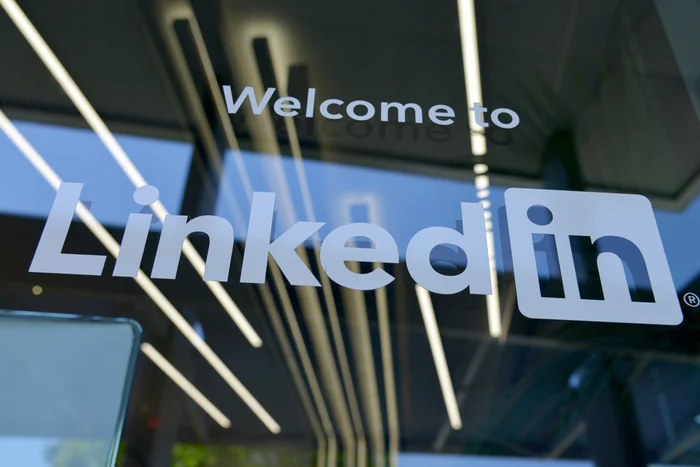
These have only been a few examples of what successful campaigns look like. There are plenty of others that haven’t been mentioned but I’m sure everyone witnesses one each and every single day. But why should you be interested?
Why Should You Use Integrated Marketing?
Firstly, you may be taking advantage of every single one of the marketing channels, but you may be wasting time and money doing them separately. Integrated marketing can increase customer conversion rates. Take IKEA or The New York Times for example. After an integrated marketing campaign, IKEA saw a 9% increase in the living room and over 12% in kitchen sales. The New York Times was even more successful, with a 100% increase in sign-ups.
Secondly, the benefit of integrated marketing is that all of your advertisements will be passing the same message in a unified way. This is a great strategy when you are pushing a new product, want to rebrand or switch up your deliveries.
Thirdly, your presence online will benefit without a doubt from integrated marketing. If we use Gillette for example, we see that the change in online presence and buzz has been positive when it comes to the brand. This is only natural with a good campaign because everyone will be talking about it.
Additionally, integrated marketing saves money. Instead of spending funds into different marketing initiatives, you can spend a fraction of that into an integrated marketing campaign and achieve better results.
Advertise across multiple platforms, targeting various audiences. As a result of the integrated marketing campaign structure, cross-platform advertising is encouraged. You can target just about anyone with your campaign content and structure, cross-platform advertising plays a major role in doing so.
Things to Consider Before Implementing an Integrated Marketing Campaign
Before implementing an integrated marketing campaign you must first develop a plan. There are a few things you must first consider, such as Who are your customers? What is the objective of the integrated marketing campaign? How are your existing channels performing? What resources do you have available? Answering these questions will ensure that you are targeting the right audience, as well as using your time and resources efficiently.
Identify Your Customers
It is important to know who your target audience is by creating a buyer persona; this includes knowing their demographic, psychographic, hobbies, goals, likes and dislikes. This will help you to identify what are the best channels to use to target your audience, as well as crafting a message which resonates with them.
Set Your Objectives
In addition to knowing your customers, setting a clear objective is key to any integrated marketing communication plan. Some examples of objectives could be increasing revenue, building awareness, changing customer perceptions, and many more. A good guide for setting clear objectives is using SMART goals, meaning that your objective should be specific, measurable, achievable, realistic, and time-bounded.
Having The Right Resources Available
It is important to know if you have the resources available to implement an effective integrated marketing campaign. Firstly, you will need to have the right people to monitor your social media accounts, creating content, as well as engaging with customers during each stage of the customer journey. Secondly, you will need to consider the financial resources you have available to commit to the budget of your marketing campaign. This will help determine what type of marketing campaign is the best value for your money.
Evaluate Your Existing Channels
Identify the existing channels which your business is currently using to reach your audience. This can be your website, social media accounts, television, etc. Evaluate which channels are performing well and which channels are performing poorly. This will help you understand what works best for your business. Also, consider any channels which you may want to add to better reach your audience.
Using the above will help you develop a cohesive strategy that takes into consideration all the things you need to know about your business before implementing your own integrated marketing strategy.
Components of integrated marketing
Now that all the basic knowledge has been ironed out, we can work through the detailed components of integrated marketing. Rather than going through each element, the RACE acronym provides a perspective of the essential components.

R stands for reach. How far does your campaign extend? Is it local? Municipal? National? Or even Global? You can monitor the reach based on how you advertise, and on which platform. With technology being readily available everywhere, it has broadened the horizons in the world of marketing. Take every opportunity you can to extend the reach! The components of ‘Reach’ include:
- TV
- Radio
- Events
- Sponsorship
- Search PPC (pay per click)
- SEO
- Content Marketing
- Popup Stores
The A stands for Act. During a campaign, you can’t just put your ads out and hope for the best, You have to engage with customers in order to maximize effectiveness and creativity. Even something as simple as offering coupons at the store, or holding a pop up stand. The age of social media is phenomenal when it comes to acting. You can post updates on your campaign and reach out to consumers to receive feedback on your products. The components that accompany acting in integrated marketing are:
- Popup Stores
- Social Media
- Influencer Outreach
- Google Shopping
- Affiliates
- CRO
- Remarketing
- Merchandising
- Marketing Automation

Convert is what C stands for. Converting refers to the act of taking a consumer who has come in contact with the reach or acts of your campaign, and turning them into a paying customer. Each of these channels can also be used to keep repeat customers as well.
- Omnichannel campaigns
- Messenger bots
- Click + collect
- Community
Finally the E stands for Engage. You want to provide ways for your customer to remain engaged in the services. This is best if it seems personal at each stage
- Personalized Loyalty programs
- Top-grade Customer service
- Social customer service
- Re-engage email program
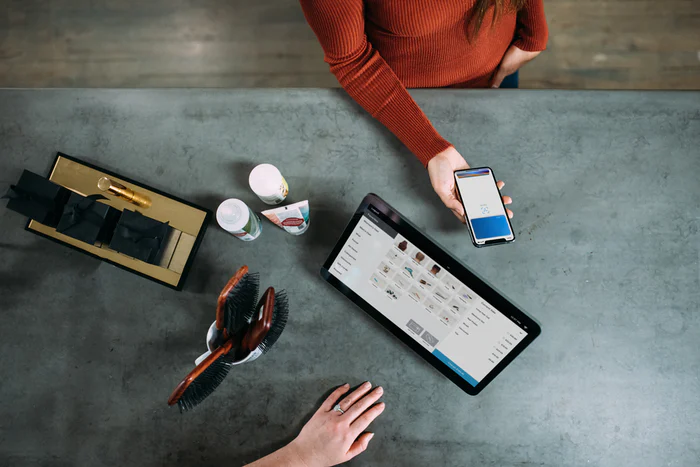
Important tips
Like any marketing campaign, there are some companies who are able to implement it better than others. In order to maximize the effect, ensure your campaign includes the following aspects.
Available to meet or chat with customers
Having this available is as simple as having a chat option on your website. This shows that you truly care about your customers interactions and experience with your company. During an integrated marketing campaign this is especially important because consumers may have questions that you can answer.
Flexibility
Be flexible in as many ways as you can, everyone is busy in their lives. For most, buying and trying new products isn’t a top priority. You can make it easier for consumers to add a purchase into their days by being flexible. Make it known where people can go to check you out and make sure it is accessible for everyone.
Encourage user interaction whenever possible
Include as many interactive elements if you can, force users to engage with your content. This can be as easy as adding a call to action to your ads or including a mini game of sorts to some of the content.
Consistency
Keep consistent with your ad deliveries and characteristics. It can be slightly confusing for consumers if you are trying to communicate too many different messages at the same time, it is best to stick with just one. You will be able to measure your campaign success much better if each ad is sending the same message. Additionally, the impact will be more effective if you remain consistent with the content in the ads.
Multiple touch points
Having many points of contact will skyrocket your brand recognition. If they see your ad on tv, then on the computer, then even in person, a consumer is much more likely to go check out what you are selling. Take the TImes for example, with so many touch points, it was almost impossible for people not to want to check it out.
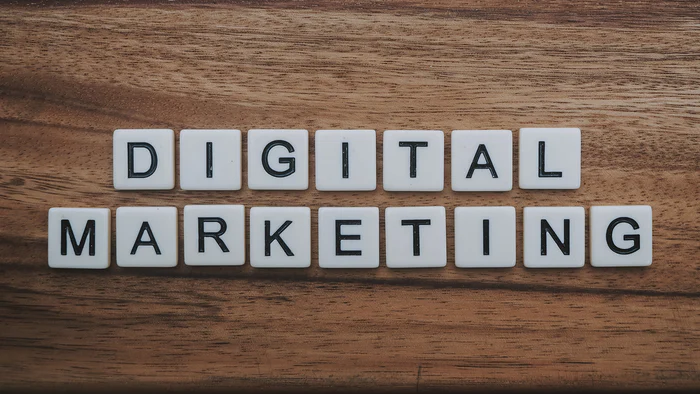
Conclusion
Now you have learned all you need to know about integrated marketing. You now know what integrated marketing is, have examples to reflect on, know the components and how to apply them, and finally some insider tips. Now it’s time to take what you’ve learned and apply it to your own business. Contact 23e2 to let us help make your campaign as successful as it can possibly be! Fill out the form below or send us an email and we will get back to you as soon as we can.
